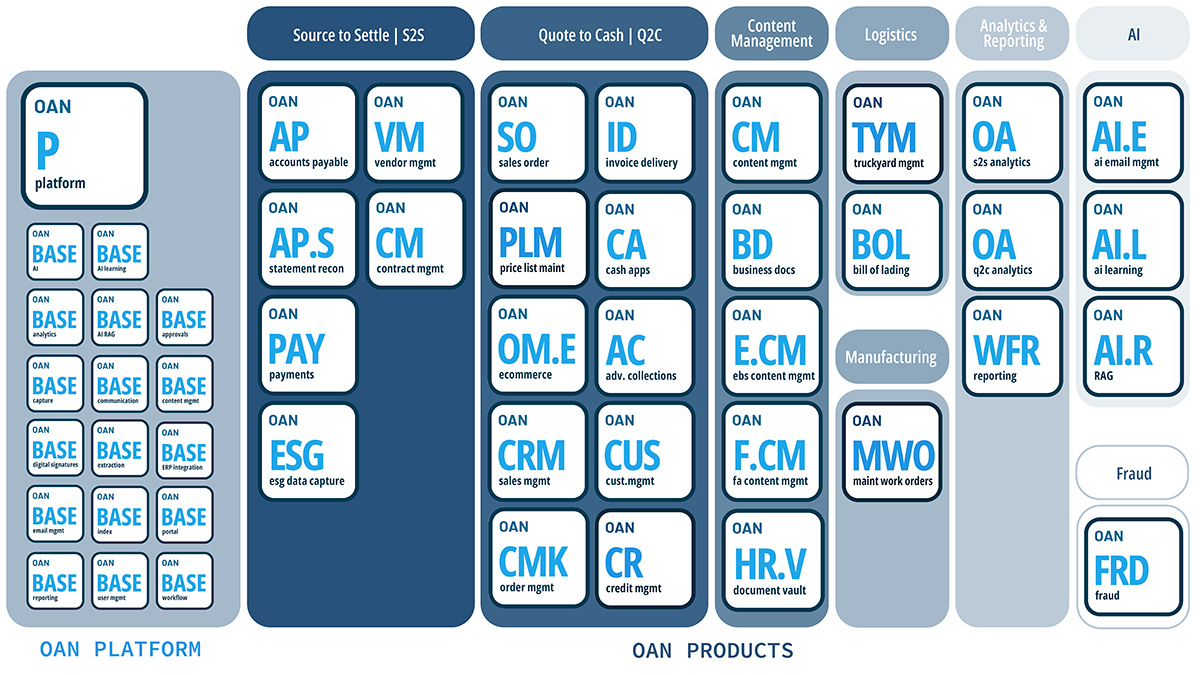Business credit management is a crucial aspect of financial administration, aimed at optimizing cash flow and minimizing the risk of bad debts. Effective credit management ensures that businesses extend credit to the right customers under the correct terms and conditions, thus securing a steady flow of revenue. Understanding the fundamentals and importance of business credit management can help businesses maintain financial stability and foster growth.
Understanding Credit Policies
Credit policies are the foundation of any credit management system. They outline the terms and conditions under which credit is extended to customers. A well-crafted credit policy includes guidelines on credit limits, payment terms, and procedures for assessing the creditworthiness of potential clients. With a clear credit policy, businesses can ensure consistency in their credit practices and reduce the likelihood of disputes.
Evaluating the creditworthiness of clients is a critical step in credit management. This process typically involves analyzing financial statements, credit reports, and other relevant information to assess clients’ ability to meet their financial obligations. Businesses can make informed decisions about extending and setting appropriate credit limits by conducting thorough credit assessments.
The Role of Credit Terms and Conditions
Setting credit terms and conditions is another essential component of business credit management. Credit terms define the payment period that allows customers to settle their invoices, while conditions may include discounts for early payments or penalties for late payments.
By establishing transparent and fair credit terms, businesses can encourage timely payments and reduce the risk of overdue accounts. Credit terms should be tailored to suit the business’s cash flow requirements and the creditworthiness of its clients. For instance, offering more extended payment periods to reliable clients may help build stronger business relationships, whereas stricter terms may be necessary for clients with a higher risk of default. Striking the right balance between flexibility and risk management is critical to effective credit management.
Implementing a Credit Control System
A credit control system is a set of procedures and tools to monitor and manage outstanding receivables. This system includes invoicing, payment tracking, and follow-up on overdue accounts. By implementing a robust credit control system, businesses can ensure timely collection of payments and reduce the risk of bad debts. Invoicing is the first step in the credit control process.
Accurate and timely invoicing helps set clear expectations for payment and reduces the likelihood of disputes. Following up on overdue accounts is equally important as ensuring that outstanding payments are collected promptly. This may involve sending reminders, making phone calls, or even engaging a collection agency in extreme cases.
Monitoring Credit Performance
Regular monitoring of credit performance is essential to maintaining effective credit management. This involves analyzing key performance indicators (KPIs) such as the average collection period, the ratio of overdue accounts, and the alarming debt write-off rate. By tracking these metrics, businesses can identify trends, assess the effectiveness of their credit policies, and make necessary adjustments.
Monitoring credit performance also helps companies to identify potential risks early on. For example, a sudden increase in overdue accounts may indicate a decline in clients’ financial health or issues with the invoicing process. Businesses can promptly mitigate risks and maintain healthy cash flow by addressing these issues.
The Importance of Customer Relationship Management
Customer relationship management (CRM) is vital in business credit management. Building solid relationships with clients can improve communication and increase the likelihood of timely payments. By understanding clients’ payment behaviors and preferences, businesses can better tailor their credit policies to suit their needs. Effective CRM involves regular communication with clients, addressing their concerns promptly, and providing excellent customer service. By fostering positive relationships, businesses can create a sense of loyalty and trust, leading to more reliable payments and long-term partnerships.
Utilizing Technology in Credit Management
Technology can significantly enhance the efficiency and effectiveness of credit management processes. Various software solutions are available to automate invoicing, payment tracking, and credit assessment tasks. These tools can help businesses streamline their credit management operations, reduce administrative burdens, and improve accuracy.
Automation can also improve the speed and consistency of credit decisions. For example, credit scoring systems can quickly analyze client data and provide credit limits and terms recommendations. By leveraging technology, businesses can make more informed credit decisions and respond faster to changes in clients’ financial situations.
Managing Credit Risk
Managing credit risk is a critical aspect of business credit management. This involves identifying potential risks, assessing their impact, and implementing mitigation strategies. Common credit risks include client insolvency, economic downturns, and changes in market conditions. By proactively managing these risks, businesses can protect their cash flow and financial stability.
One effective strategy for managing credit risk is diversifying the client base. Relying too heavily on a few large clients can increase the risk of a significant financial loss if one defaults. By spreading the credit exposure across a broader range of clients, businesses can reduce the impact of any client’s default.
Training and Development in Credit Management
Investing in training and development for staff involved in credit management is essential for maintaining high standards of practice. This includes providing ongoing education on credit policies, risk assessment techniques, and using technology in credit management. Well-trained staff can make more informed credit decisions and handle credit management tasks more efficiently. Regular training sessions and workshops can also keep staff updated on the latest trends and best practices in credit management. By fostering a culture of continuous learning, businesses can ensure that their credit management processes remain practical and up-to-date.
Conclusion: The Value of Effective Credit Management
Effective business credit management is vital for maintaining healthy cash flow, reducing the risk of bad debts, and fostering strong client relationships. By implementing clear credit policies, utilizing technology, and investing in staff training, businesses can optimize their credit management processes and achieve long-term financial stability. Understanding and addressing the various aspects of credit management can help companies navigate the complexities of extending credit and ensure their continued growth and success.

